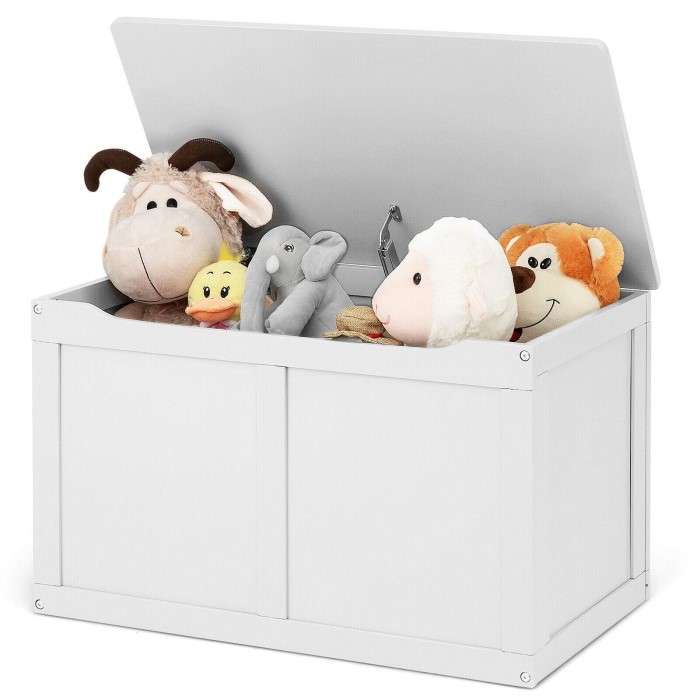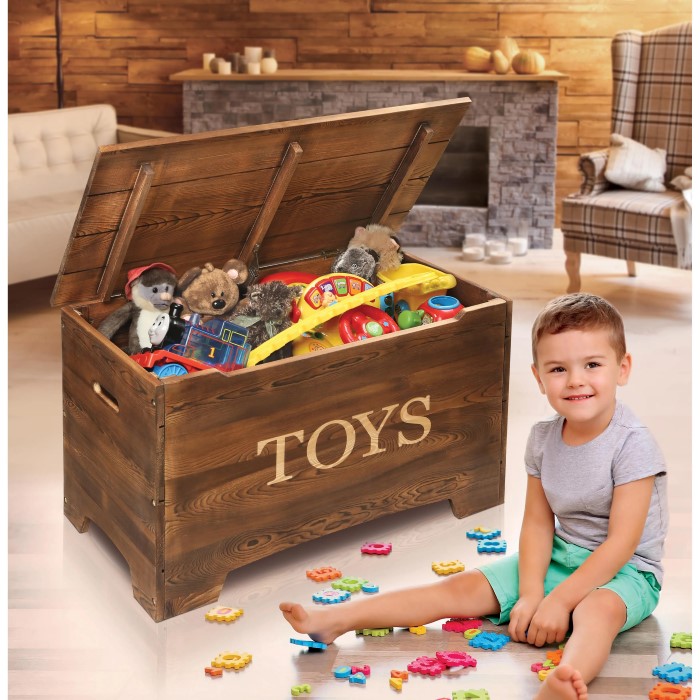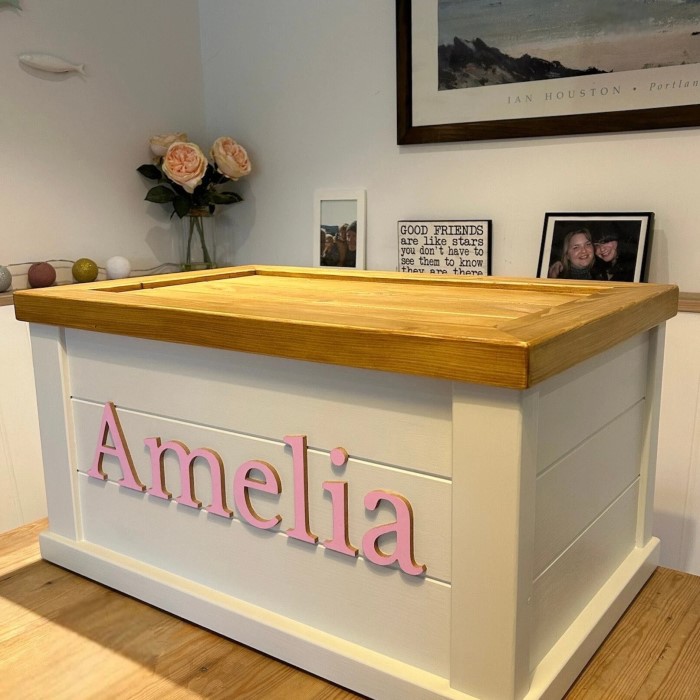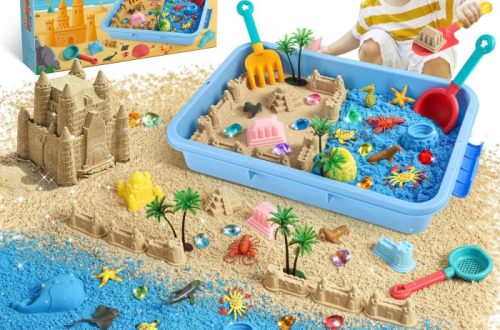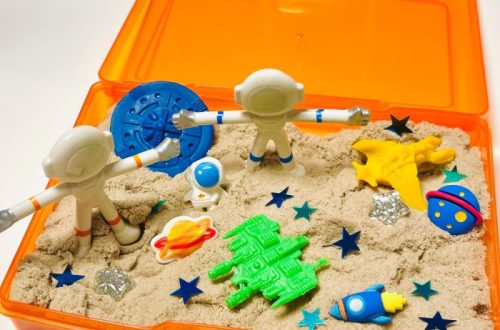Introduction
Choosing the right storage solution for a child’s room can be both a fun and challenging task. Among the various options available, wooden toy boxes stand out as a stylish and practical choice. These boxes not only offer functionality but also add a touch of aesthetic appeal to any room. As parents, we want our children’s spaces to be organized, clutter-free, and visually pleasing, and wooden toy boxes can help achieve this balance. In this article, we will explore how to choose stylish wooden toy boxes for kids’ rooms, focusing on key features, styles, and practical tips that ensure your choice meets both your needs and your child’s preferences.

Benefits
Wooden toy boxes are more than just a storage solution for kids’ toys. They offer numerous benefits that make them a great addition to any home. Below, let’s explore these advantages in detail.
Durability and Longevity
Wooden toy boxes are incredibly durable. Unlike plastic or fabric bins, they can withstand rough use. High-quality wood ensures the boxes last for years, even with daily wear and tear. This durability saves parents from frequent replacements, making them a cost-effective choice over time.
Eco-Friendly Nature
Wooden toy boxes are an eco-friendly option because they are made from natural materials. Many are crafted from sustainably sourced wood, reducing environmental impact. Unlike plastic, wood is biodegradable, ensuring it doesn’t contribute to long-term waste. Choosing wooden toy boxes supports sustainable living.
Aesthetic Appeal in Home Decor
Wooden toy boxes add charm to any room with their timeless style. They blend seamlessly with most home decor themes, from modern to rustic. Many wooden toy boxes come in beautiful finishes, enhancing the room’s aesthetics while keeping toys organized. They not only serve a purpose but also become a stylish part of the home.
Popular Types
Wooden toy boxes come in many styles to suit different needs and preferences. These options cater to storage solutions while adding visual charm. Let’s explore some popular types.
Traditional Lid-Style Boxes
Traditional lid-style wooden toy boxes feature a hinged lid for secure storage. They keep toys dust-free and organized. These boxes often double as seating, enhancing their practicality. Their classic design fits well with any home decor style, from vintage to modern.
Open-Top Wooden Toy Bins
Open-top wooden toy bins are perfect for easy access. Kids can quickly grab or store toys. These bins are ideal for young children who struggle with heavy lids. They come in various sizes and shapes, offering versatility for small or large spaces.
Personalized Toy Boxes
Personalized wooden toy boxes add a special touch. You can customize them with your child’s name, favorite colors, or designs. These boxes are not only functional but also create a sense of ownership for kids. They can become cherished keepsakes as children grow older.
How to Choose the Perfect Wooden Toy Box
Choosing the right wooden toy box ensures functionality, safety, and style. Consider the following factors to make the best choice.
Size and Storage Capacity
Look for a toy box that meets your storage needs. For large toy collections, choose a spacious box. For smaller areas, consider compact boxes to save space. Always measure the available space before purchasing. Ensure the size is manageable for your child to use.
Safety Features for Kids
Safety is crucial when selecting a wooden toy box. Look for boxes with slow-close hinges to prevent finger injuries. Choose those with rounded edges to avoid accidents. Ensure the materials are non-toxic and safe for children. A lightweight design can make it easier for kids to handle safely.
Design and Material Quality
Pick a design that suits your home decor and personal preference. Consider classic or modern styles based on your taste. Ensure the wood quality is durable, like oak, pine, or birch, for long-lasting use. Opt for finishes that are smooth and child-friendly. High-quality craftsmanship ensures the box remains sturdy over time.
Creative Uses
Wooden toy boxes are more than simple storage containers. They offer creative ways to enhance organization, play, and learning. Here are some practical and imaginative uses to consider.
Multi-Purpose Storage Solutions
Wooden toy boxes can serve multiple purposes beyond holding toys. Their sturdy build allows them to store various items around the house.
- Seasonal Storage: Rotate toys based on seasons and store unused ones securely. This maximizes storage space year-round.
- Household Organization: Use them to organize books, clothes, or craft supplies. Their timeless design fits seamlessly into any room.
- Dual Functionality: Many toy boxes double as seating, tables, or decorative pieces, making them versatile.
Educational and Play Features
Integrate wooden toy boxes into your child’s playtime and learning routine.
- Learning Activities: Decorate boxes with alphabet letters or shapes to turn them into teaching tools.
- Interactive Play: Encourage kids to personalize their boxes with art supplies, fostering creativity and imagination.
- Play Zones: Use them to define specific play areas, teaching kids organization and responsibility.
Wooden toy boxes help bridge functional storage with creative potential, making them valuable for any household.
Maintenance Tips
Wooden toy boxes are durable but need proper care to stay in great condition. Regular maintenance can keep them looking new and extend their lifespan. Below are some simple maintenance tips.
Cleaning Guidelines
- Use a soft cloth: Wipe the box with a dry or slightly damp soft cloth to remove dust.
- Avoid harsh chemicals: Clean with mild soap and water. Harsh cleaners can damage the wood finish.
- Dry immediately: After cleaning, dry the box with a clean towel to prevent moisture damage.
- Vacuum crevices: Use a vacuum or soft brush to clean hard-to-reach areas.
- Polish occasionally: Use wood polish or wax to maintain the box’s shine and protect the surface.
Protecting Against Wear and Tear
- Keep away from direct sunlight: Prolonged sun exposure can fade the wood’s color and weaken it over time.
- Control humidity levels: Avoid placing the box in damp spaces to prevent wood warping or mold.
- Use protective mats: Place a mat under the box if it’s on scratch-prone flooring.
- Refinish as needed: Repair scratches or scuffs with touch-up pens or refinishing kits.
- Check hinges and joints: Regularly inspect hinges and screws, tightening or replacing them as necessary.
Proper maintenance helps wooden toy boxes remain beautiful and functional for years.
Where to Buy High-Quality Wooden Toy Boxes
Finding high-quality wooden toy boxes can be easy if you know where to look. Below are some great options to consider.
Online Marketplaces
Online platforms offer a wide selection of wooden toy boxes. You can browse and compare styles, sizes, and prices easily.
- E-commerce giants: Websites like Amazon and Etsy provide numerous options for wooden toy boxes.
- User reviews: Read customer reviews to understand quality and durability before purchasing.
- Convenience: Websites often offer delivery services that save you time and effort.
- Wide range: Choose from handcrafted designs, eco-friendly options, or custom styles.
- Price filters: Use filters to find products within your budget.
Specialty Craft Stores
Specialty craft stores offer unique, high-quality wooden toy boxes. These are often handmade with care.
- Unique pieces: Find original designs that stand out from mass-produced items.
- Premium materials: Many stores prioritize high-quality woods like oak or pine.
- Personal consultation: Visit stores to speak with experts about your needs.
- Customization: Many specialty stores allow custom engraving or design modifications.
- Local artisans: Supporting these stores helps promote local woodworkers and craftsmanship.
Both online marketplaces and specialty craft stores provide excellent options for stylish and durable wooden toy boxes.
DIY Wooden Toy Box Ideas
Wooden toy boxes not only offer functional storage, but they can also be a fun project to make yourself. DIY wooden toy boxes allow you to unleash your creativity and create something unique for your kids and home. Below, explore some simple ideas and customization tips to get started.
Simple DIY Projects for Beginners
Basic Wooden Box Design
- Creating a Straightforward Rectangular Box:
- Begin by deciding on the dimensions of your box according to your storage needs. A basic rectangular shape is functional and easy to construct.
- Use plywood or wooden planks as your primary materials, as they are durable and readily available at most hardware stores.
- Cutting the Wood Pieces to Size:
- Measure and mark the wood pieces accurately to ensure they fit together well. Typically, you will need six pieces: a base, a top (lid), and four sides.
- Use a saw to carefully cut the wood according to your measurements, taking necessary safety precautions during this process.
- Assembling the Box:
- Once the pieces are cut, join them by nailing or screwing them together. For added stability, start with the base and attach the sides one by one, followed by securing the lid.
- Ensure the corners are aligned properly to create a sturdy structure that can withstand regular use.
- Adding a Hinged Lid:
- Incorporate a hinged lid for easy access to the contents of the box. This can be achieved by attaching hinges to the back of the box lid, allowing it to swing open without removing it completely.
- The hinged design not only adds functionality but also makes it easier for children to access their toys.
- Sanding for a Smooth Finish:
- After assembling the box, sand the edges and surfaces thoroughly to eliminate any rough spots or splinters. This is especially important for safety when children are using the box.
- A smooth finish enhances the overall appearance of the box and prevents accidental scratches or injuries.
Crate-Style Box
- Assembling a Slatted Crate:
- A crate-style box features an open slatted design that provides ventilation and visibility while maintaining a sturdy structure. This makes it ideal for storing toys and other items.
- Using wooden boards, cut the necessary pieces for the base, sides, and slats. The slats can be evenly spaced to create the desired look.
- Minimal Tools and Effort:
- This project is simple and requires few tools, such as a saw, nails or screws, and a hammer or screwdriver. Ideal for beginners, it’s a manageable undertaking for those new to woodworking.
- Follow basic assembly steps: construct the base, attach the slats, and then secure the sides to create the crate shape.
- Benefits of an Open-Design Box:
- The open design of the crate-style box makes it easy for children to see and access their toys, encouraging them to tidy up and engage with their belongings.
- It also allows for better airflow, which can help keep the stored items fresh and prevent any musty smells from developing.
Paint or Stain Finish
- Applying Paint or Wood Stain:
- To enhance the aesthetics of your box, finish it with either paint or wood stain. A well-chosen finish can bring out the natural beauty of the wood or introduce vibrant colors.
- Prepare the surface by ensuring it is clean and free from dust before applying any finishes.
- Choosing Kid-Friendly Options:
- Select water-based paints or non-toxic wood stains to create a polished look while ensuring safety for children. These options are generally easier to work with and have lower volatile organic compounds (VOCs).
- Consider using bright colors or fun patterns to make the toy box visually appealing to kids, encouraging them to use it.
- Finishing Touches:
- After applying paint or stain, allow it to dry completely before using the box. Apply a clear sealant for added protection against scratches and moisture, especially if the box will be used frequently.
- The final finish not only enhances the appearance but also prolongs the life of the wood.
Wheels for Mobility
- Adding Caster Wheels:
- To make the toy box portable, attach caster wheels to the bottom of the box. This allows for easy movement from one room to another, making cleanup and toy retrieval more convenient.
- Choose wheels that are sturdy and suitable for the weight of the box when filled with toys.
- Choosing the Right Type of Wheels:
- Consider using swivel caster wheels for enhanced maneuverability. These wheels allow the box to turn easily in tight spaces, making it user-friendly for children.
- Ensure that the wheels lock in place when needed to prevent the toy box from rolling unintentionally during use.
- Benefits of Mobility:
- Adding wheels transforms the toy box from a static piece of furniture into a functional storage solution that can adapt to the needs of your home.
- Being able to move the box easily makes it simpler for children to access their toys, fostering independence and playtime flexibility.
Safety Hinges
- Using Slow-Close Hinges:
- When installing the lid, opt for slow-close hinges designed to prevent the lid from slamming shut. This safety feature is particularly important for households with young children.
- Slow-close hinges work by controlling the speed at which the lid closes, allowing it to come down gently.
- Ensuring Safety for Little Fingers:
- By utilizing safety hinges, you reduce the risk of pinched fingers when the box is opened and closed. This is a crucial consideration for creating a child-friendly environment.
- Educate children on how to properly open and close the box, reinforcing safe usage practices to avoid accidents.
- Enhancing Overall Safety:
- In addition to slow-close hinges, inspect the box for any sharp corners or edges that could pose a risk. Sanding and finishing all surfaces will help ensure a safe play area.
- Regularly check the box for stability and proper functioning of the hinges to maintain safety and durability over time.
Beginners can manage these projects with basic tools, such as a saw, hammer, and drill.
Customization Tips for a Personal Touch
- Name Personalization: Engrave or stencil your child’s name on the box. This makes the toy box feel special.
- Themes and Designs: Use decals, stickers, or paint to create a box matching your kid’s favorite themes, like animals or superheroes.
- Handles for Easy Carrying: Attach rope or metal handles for a rustic or modern touch and better portability.
- Built-In Compartments: Add dividers inside for organized storage. Separate toys by category for better access.
- Interactive Features: Incorporate chalkboard paint on one side for kids to draw and personalize.
- Cushioned Top: Cover the lid with fabric and padding to double the toy box as seating.
DIY wooden toy boxes are satisfying projects and a meaningful addition to your home. With these creative ideas, you can craft a box that combines practicality with charm while reflecting your personal style.
Conclusion
In conclusion, choosing the right wooden toy boxes for your child’s room involves careful consideration of various factors. From size and safety to design and aesthetics, each element plays a role in finding the perfect solution for toy storage. Embracing stylish wooden toy boxes not only enhances the organization of your child’s space but also contributes to an appealing decor that both you and your child can enjoy.
By understanding the benefits and features discussed in this article, you are better equipped to make an informed decision. Whether you opt for traditional designs, modern aesthetics, or thematic options, the right wooden toy box can make a significant impact on your child’s room. So, take the time to explore your options and find a toy box that reflects both your style and your child’s playful spirit. With the right choice, toy storage can be both functional and fun!

